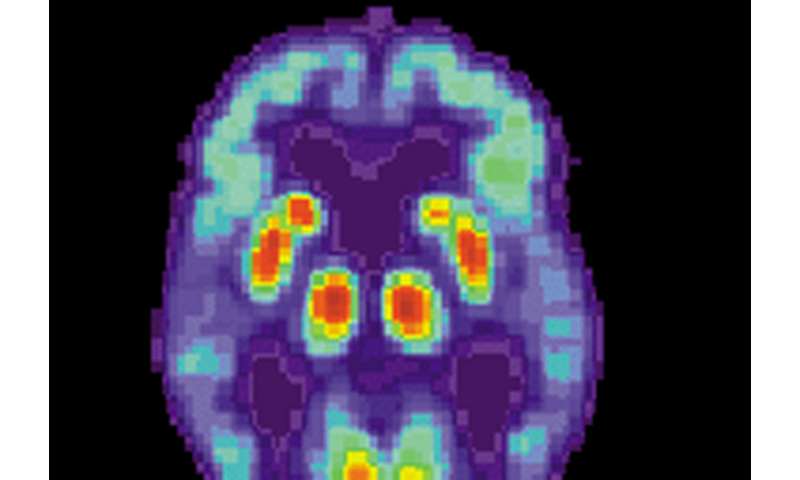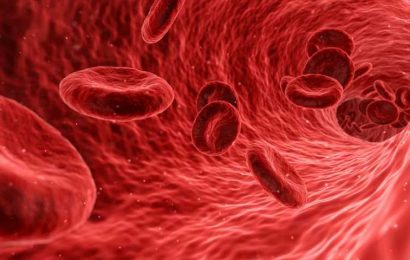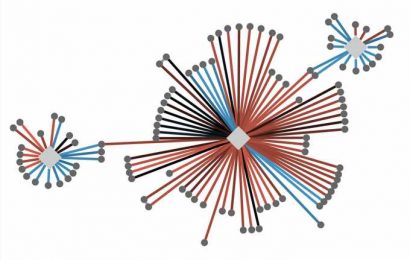
New insights into the architecture of the brain have been revealed by scientists at the Wellcome Sanger Institute, the Wellcome-MRC Cambridge Stem Cell Institute and their collaborators. The researchers discovered that cells in the cerebral cortex of mice, called astrocytes, are more diverse than previously thought, with distinct layers of astrocytes across the cerebral cortex that provide the strongest evidence to date of their specialization across the brain.
Published today in Nature Neuroscience, the most in-depth study of its kind is set to change the way we think about the brain and the role of cells such as astrocytes. This knowledge will have with implications for the study of neurological disorders, such as Alzheimer’s, multiple sclerosis and autism.
In the past 20 years, research has shown glial cells to be key players in brain development and function, as well as promising targets for better understanding neurological disorders. Alzheimer’s causes around two thirds of dementia cases in the UK, which affects around 850,000 individuals at present. MS is a neurological disorder that affects the central nervous system and impacts around 100,000 people in the UK. Autism affects around one in every hundred people in the UK.
‘Glial’ comes from the Greek word for ‘glue’ or ‘putty’. At one time, glial cells were thought of as ‘brain putty’ – functionally similar, passive cells whose only function was to fill the space around the ‘all important’ neurons. However, new studies are showing their critical importance in regulating neuron functions^. Astrocytes are a type of glial cell, so called because of their ‘star-shaped’ structure^^.
Despite the wealth of knowledge on neuronal function and the organisation of neurons into layers, prior to this study there had been little investigation into whether glial cells across different layers showed different cellular properties. To answer this question, the researchers developed a new methodological approach to provide a more detailed view of the organisation of astrocytes than ever before.
Nucleic acid imaging was carried out on mouse and human brain samples at the University of Cambridge to map how new genes are expressed within tissue. These maps were combined with single cell genomic data at the Wellcome Sanger Institute to extend the molecular description of astrocytes. These data sets were then combined to create a three-dimensional, high-resolution picture of astrocytes in the cerebral cortex.
The team discovered that astrocytes are not uniform as previously thought, but take distinct molecular forms depending on their location in the cerebral cortex. They found that astrocytes are also organised into multiple layers, but that the boundaries of astrocyte layers are not identical to the neuronal layers. Instead, astrocyte layers have less sharply defined edges and overlap the neuronal layers.
Dr. Omer Bayraktar, Group Leader at the Wellcome Sanger Institute, said: “The discovery that astrocytes are organised into layers that are similar, but not identical to, neuronal layers redefines our view of the structure of the mammalian brain. The structure of the cerebral cortex can no longer simply be seen as the structure of neurons. If you want to properly understand how our brains work, you have to consider how astrocytes are organised and what role they play.”
As well as increasing our understanding of brain biology, the findings will have implications for the study and treatment of human neurological disorders. Over the past decade glial cells, rather than neurons, have been heavily implicated in diseases such as Alzheimer’s and multiple sclerosis.
Source: Read Full Article


